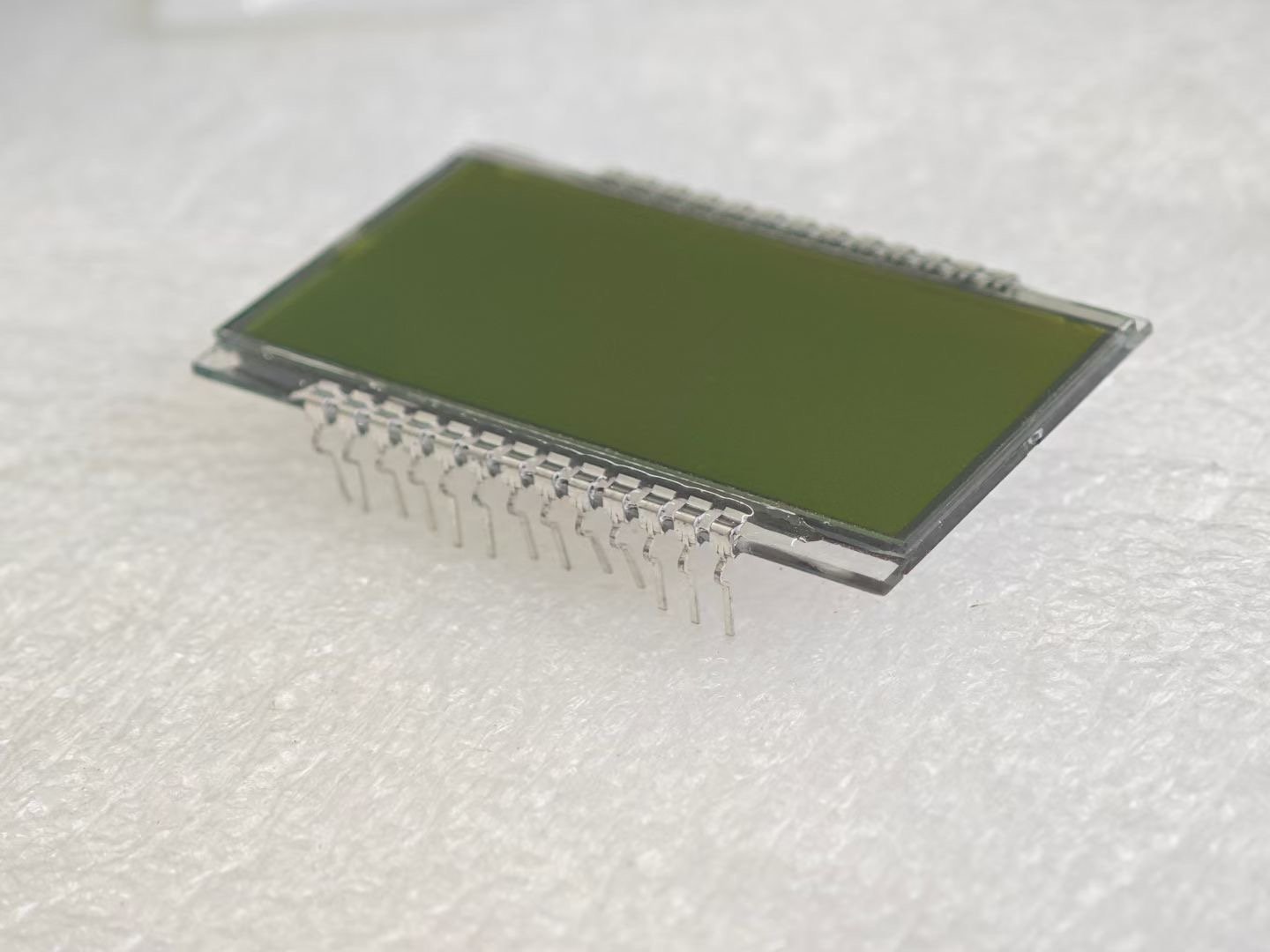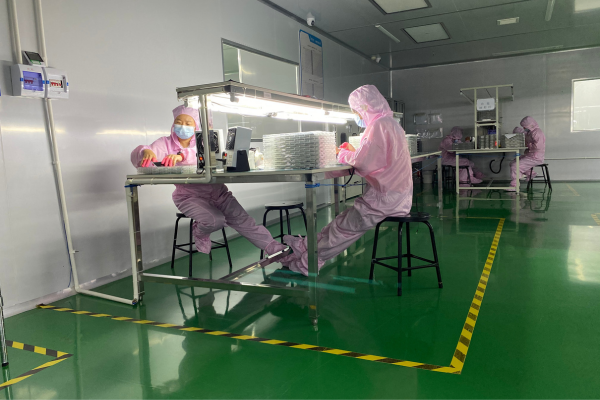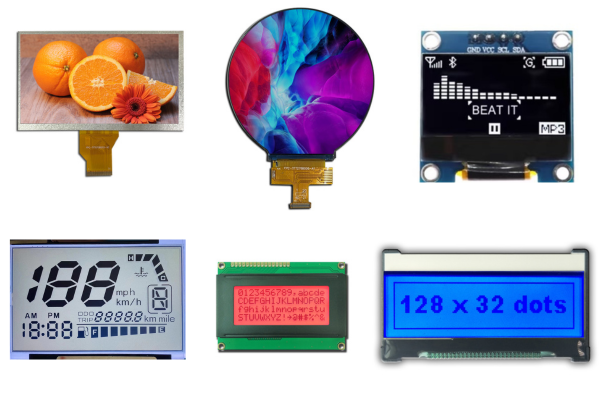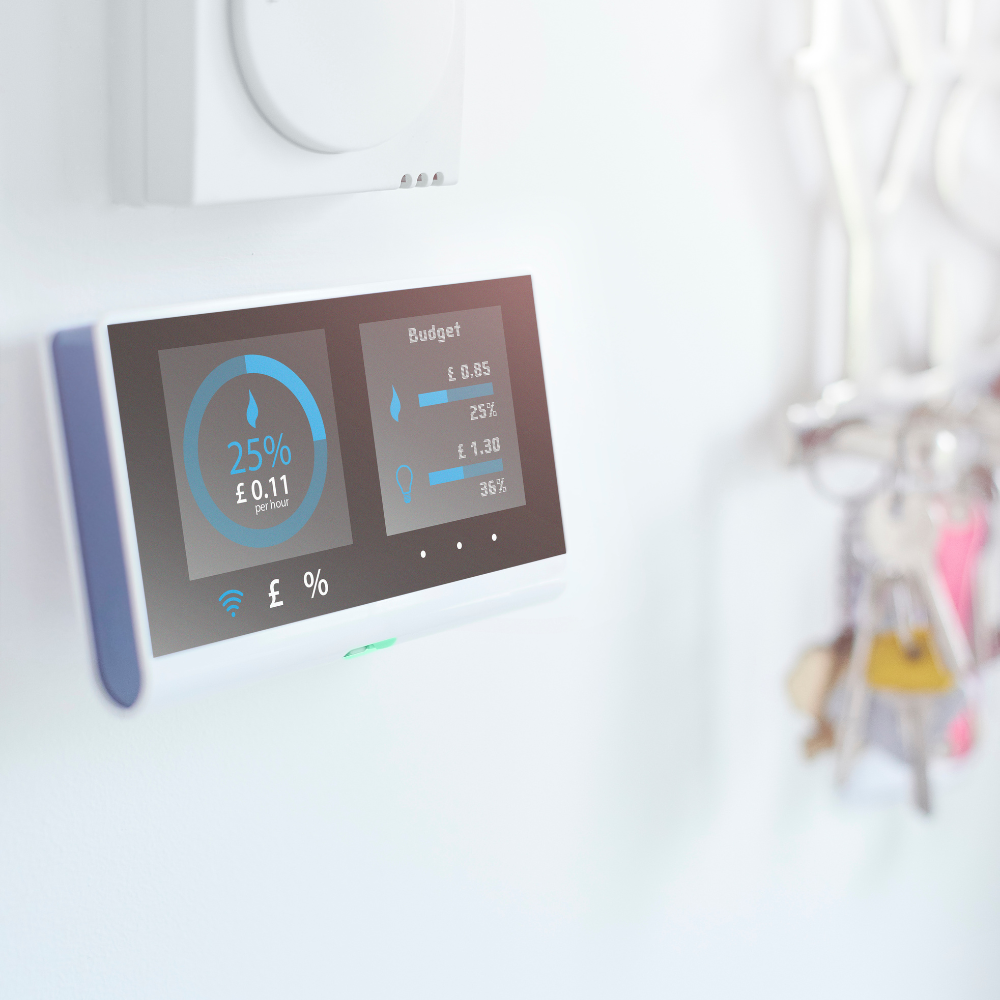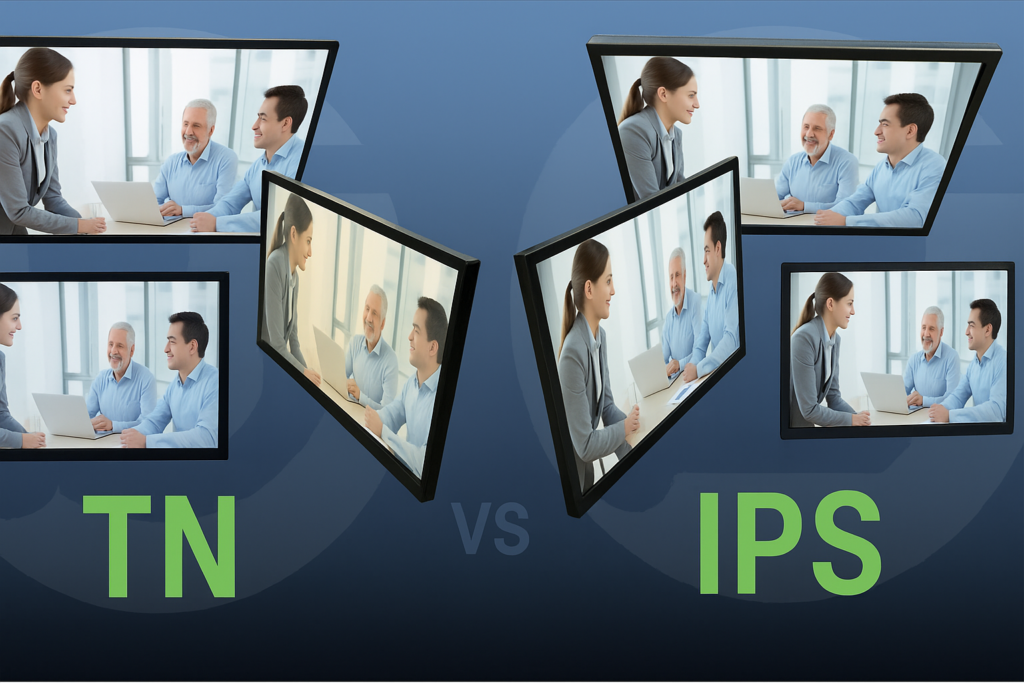
Struggling to choose between TN and IPS panels for your LCD modules? Picking the wrong type could impact your product’s performance and user satisfaction. Making an informed choice is crucial.
TN panels offer faster response times ideal for gaming and quick-moving visuals, while IPS panels provide superior color accuracy and wider viewing angles suited for professional visual applications.
Let me tell you a quick story. I once had a client, Alessandro from Italy, who faced issues when sourcing LCD modules. Confused by the terms TN and IPS, he made a wrong initial purchase, impacting his product quality. Don’t make the same mistake!
What is TN? What are the advantages, disadvantages, and applications of TN panels?
TN (Twisted Nematic) is the oldest and most common type of LCD panel technology. It’s frequently used due to its simplicity and affordability.
TN panels offer advantages like rapid response times (1-5 ms) and affordability, making them ideal for gaming monitors. However, disadvantages include poor color reproduction and limited viewing angles.
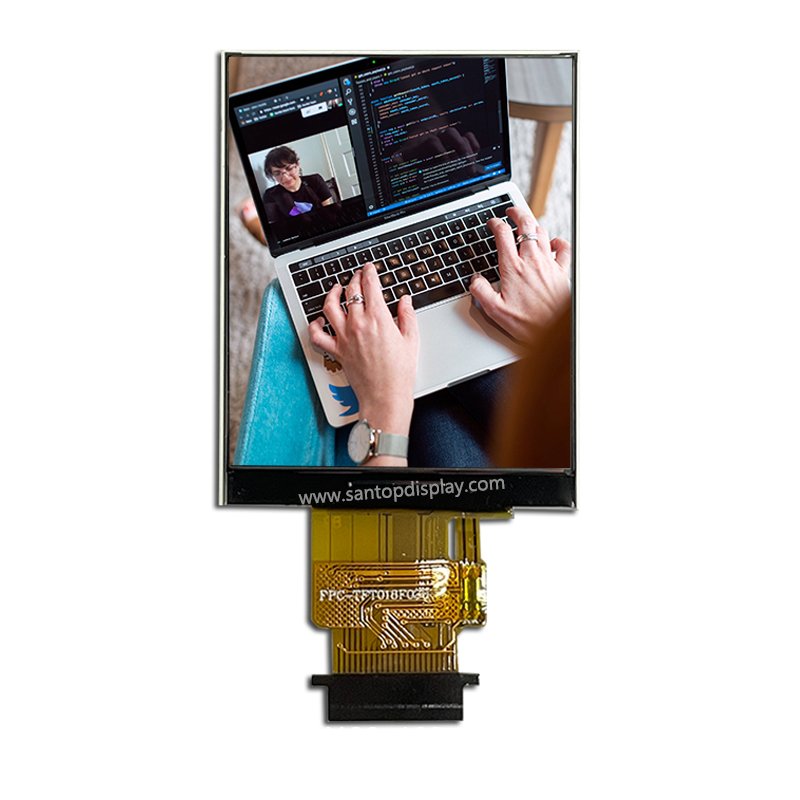
TN Panels
TN panels function by twisting liquid crystals to modulate light. Their fast response times make them excellent choices for gaming and fast-paced visuals. For example, e-sports gaming monitors typically use TN panels due to the need for instantaneous reactions and minimal motion blur.
Advantages of TN Panels:
- Fast Response Time: Ideal for gaming, sports broadcasting, and action movies.
- Low Cost: Affordable and suitable for large-scale production.
- Low Power Consumption: More energy-efficient compared to IPS, making them suitable for battery-powered devices.
Disadvantages of TN Panels:
- Limited Viewing Angles: Colors distort significantly when viewed from angles beyond 170° horizontally and 160° vertically.
- Poor Color Accuracy: Colors can appear washed-out, making TN unsuitable for professional graphic design and photography.
Typical Applications of TN Panels:
| Application | Reason for Use |
|---|---|
| Gaming Monitors | Quick response times |
| Budget Smartphones | Cost-effectiveness |
| Point-of-sale Displays | Simplicity and energy savings |
What is IPS? What are the advantages, disadvantages, and applications of IPS panels?
IPS (In-Plane Switching) technology was developed to overcome the limitations of TN panels, specifically regarding color accuracy and viewing angles.
IPS panels deliver excellent color accuracy and wide viewing angles up to 178°, making them ideal for professional graphics and multimedia applications. However, they have slower response times and higher costs compared to TN panels.
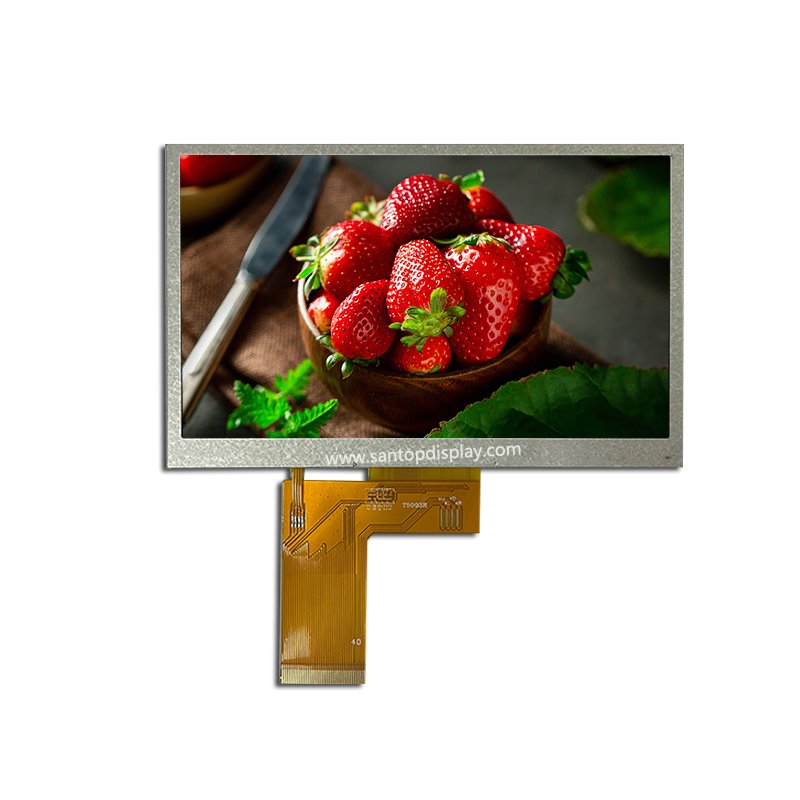
IPS Panels
IPS panels position liquid crystals horizontally, reducing color shifts significantly from different viewing angles. Brands like Apple and professional-grade Dell monitors utilize IPS technology extensively, underscoring their premium positioning in visual performance.
Advantages of IPS Panels:
- Superior Color Accuracy: Perfect for professional photography, video editing, and graphic design.
- Wide Viewing Angles: Consistent visuals at nearly any angle, ideal for collaborative work and presentations.
- Enhanced Visual Quality: Richer, more vibrant colors and deeper contrasts.
Disadvantages of IPS Panels:
- Higher Cost: Generally more expensive than TN, affecting budget considerations.
- Slower Response Times: Usually around 5-10 ms, less suitable for high-speed gaming.
- Higher Power Consumption: IPS consumes more power due to increased backlighting demands.
Typical Applications of IPS Panels:
| Application | Reason for Use |
|---|---|
| Professional Monitors | Color-critical applications |
| High-end Smartphones | Premium visual quality |
| Medical Displays | Accurate color and clear visuals |
Which is better, IPS or TN?
Deciding between TN and IPS depends heavily on your specific requirements, especially concerning application and budget.
IPS panels are better if color accuracy, image quality, and wide viewing angles are priorities. TN panels excel if rapid response times and lower costs matter more.
Making Your Choice
Choosing between TN and IPS requires evaluating your key priorities. If your product targets graphic designers, photographers, or premium electronics markets, IPS is essential. Conversely, if you supply gaming monitors or cost-sensitive applications, TN might be preferable.
Ask yourself these questions:
- Do your customers prioritize color accuracy?
- Is viewing angle important for your end-users?
- Is price sensitivity a major factor in your market?
Evaluating these questions helps guide your choice effectively.
Which panel is good for eyes, TN or IPS?
Many of my customers, including Alessandro, frequently ask about eye comfort in LCD panels.
IPS panels generally offer better eye comfort due to stable colors and wider viewing angles, reducing strain from shifting contrasts or colors. TN panels might cause fatigue from poor color consistency.
Eye Comfort Factors
Eye comfort depends on several factors beyond the panel type, such as backlighting and blue-light emission. However, IPS panels inherently reduce eye strain by providing stable colors and less distortion from angled viewing. TN panels, conversely, can cause strain due to fluctuating brightness and reduced color fidelity.
Here’s a quick comparison:
| Eye Comfort Factor | TN Panels | IPS Panels |
|---|---|---|
| Viewing Angles | Poor, causing eye strain | Excellent, reducing eye fatigue |
| Color Stability | Low, more visual fatigue | High, better for prolonged use |
Should I upgrade from TN to IPS?
Wondering if upgrading from TN to IPS is worth it? Alessandro from Italy once faced a similar decision and found upgrading significantly improved product quality and customer satisfaction.
Upgrading to IPS is beneficial if your products demand higher visual quality, consistent color reproduction, and better viewing angles. However, if your market is price-sensitive with minimal visual demands, upgrading may not be necessary.
Decision to Upgrade
Consider these points when thinking about upgrading:
Reasons to Upgrade to IPS:
- Your customers complain about viewing angles and color accuracy.
- Your competition offers better-quality screens, affecting your competitiveness.
- You target premium markets or industries where visual quality is critical.
Reasons Not to Upgrade:
- Rapid response times matter more to your customers, e.g., gaming market.
- Cost constraints prevent raising your product prices.
- Your customers are satisfied with current visual performance.
Here’s a quick summary table:
| Factor | Upgrade to IPS | Stay with TN |
|---|---|---|
| Market Focus | Premium, visual quality | Budget-sensitive, gaming |
| Customer Complaints | Frequent | Few to none |
| Competitive Position | Need differentiation | Stable, price-driven |
Conclusion
Understanding the key differences between TN and IPS helps you make the best choice. Prioritize IPS for premium visuals and wide angles, or TN for affordability and fast response. Choose wisely!

